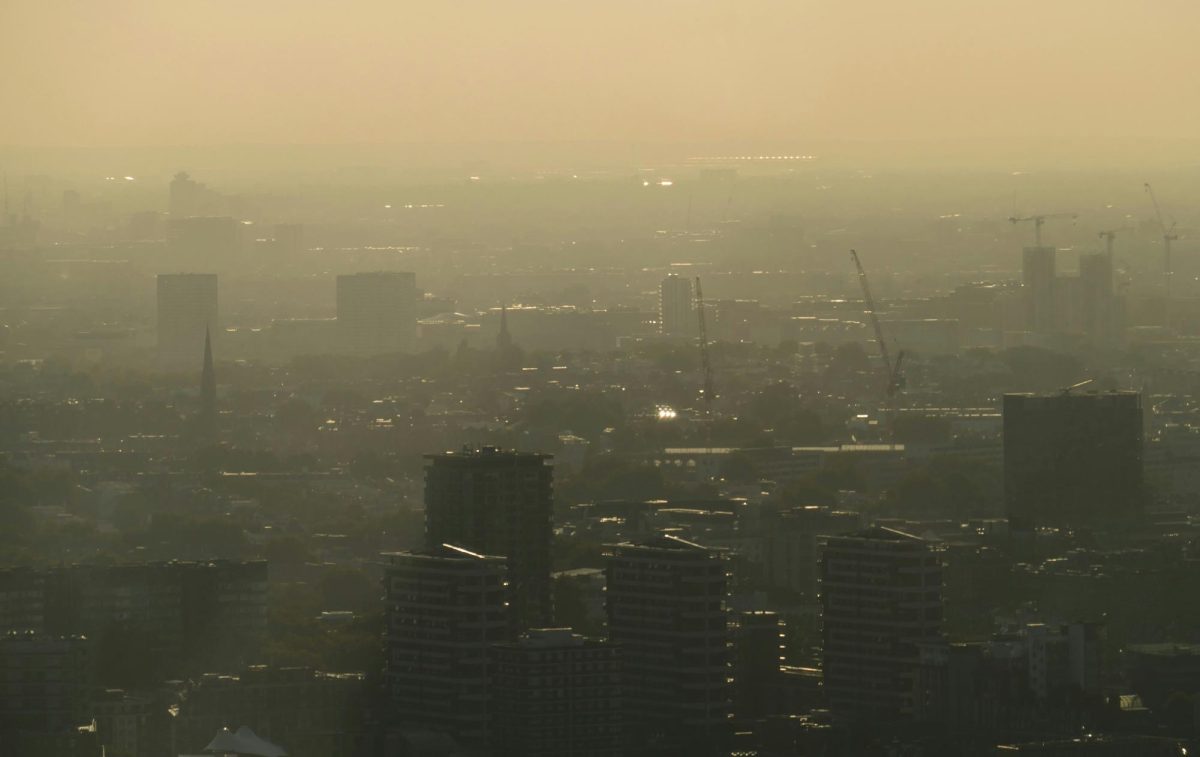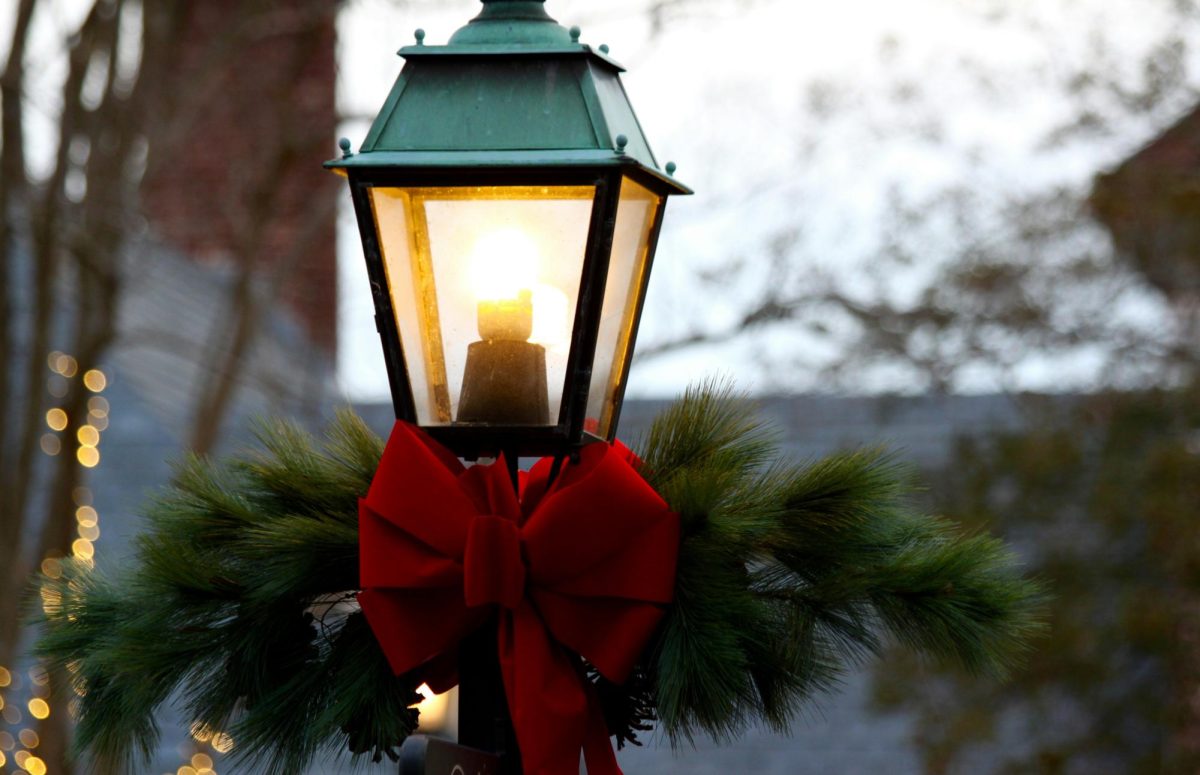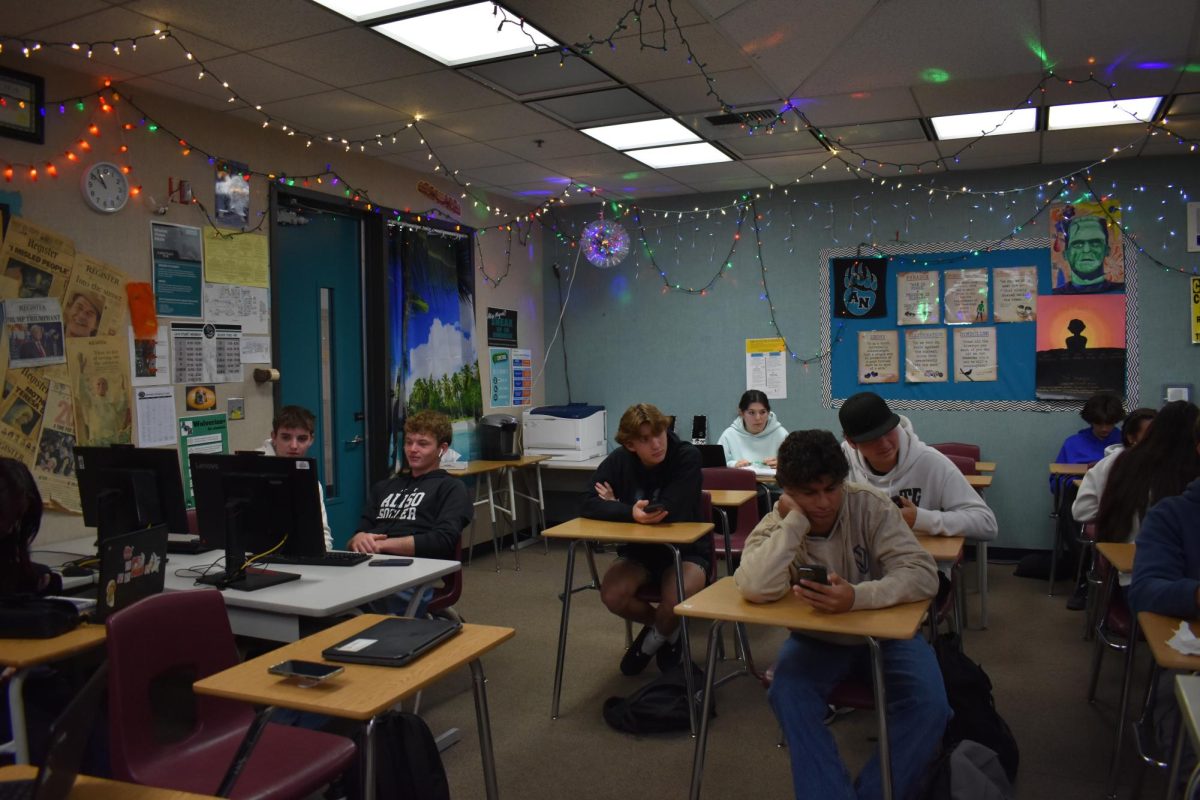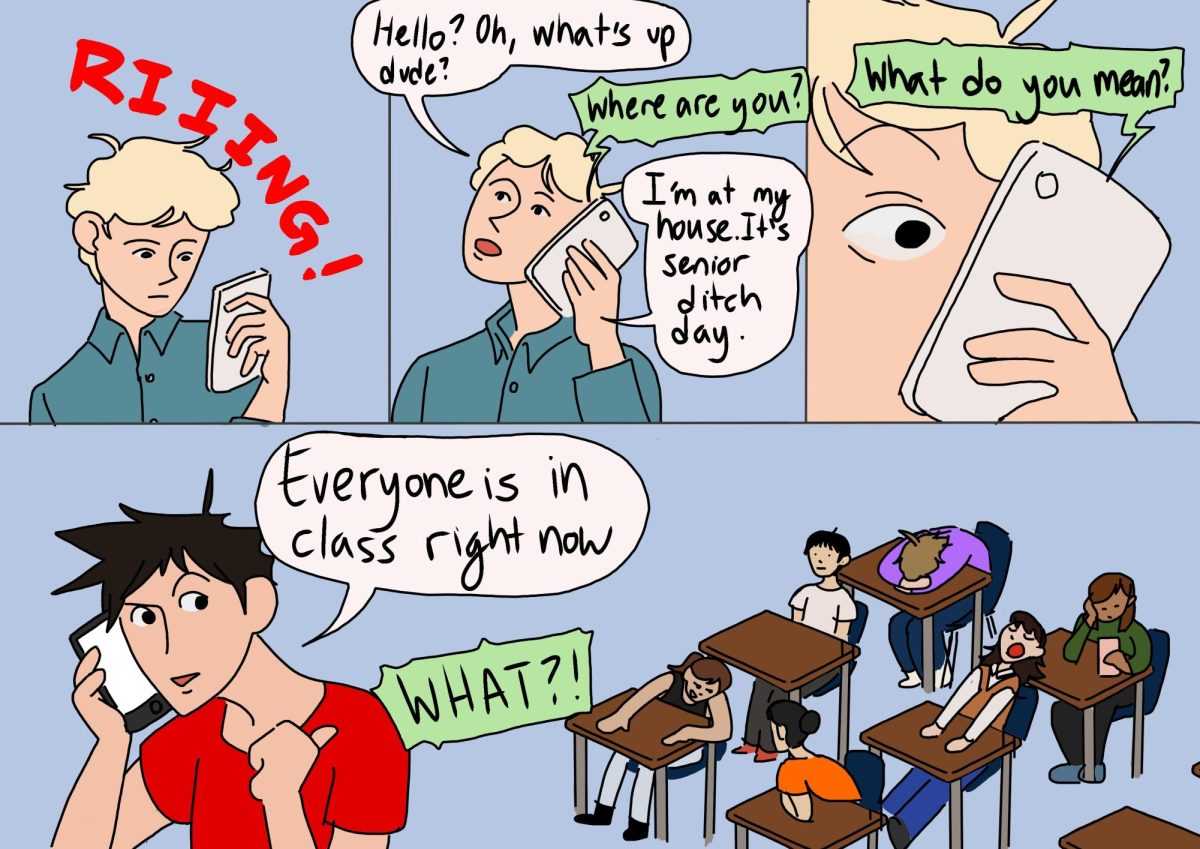With California’s little rain, the Palisades fires are now fully contained. Unfortunately, although the fire had not affected Aliso Niguel, many were left wondering: Why are students still being asked to attend school under such hazardous conditions? While the Los Angeles School District follows air quality guidelines, the reality is that these regulations are insufficient to protect students and staff from harmful pollutants.
During the Palisades Fire, local air quality quickly rose to unhealthy levels, with the Air Quality Index soaring well above the recommended limits for safe outdoor activity. Yet, a wide variety of schools within the Los Angeles Unified School District remained open, with students expected to attend class as usual. Although there was a delay in canceling schools across the district, the lack of clear immediate action left many questioning whether their health was truly a priority.
The problem lies in how air quality regulations are applied. Schools often wait until the Air Quality Index reaches extreme levels before modifying schedules, even though students and staff have already been exposed to harmful pollutants. Additionally, indoor air quality is rarely considered, even though many classrooms rely on outdated ventilation systems that do little to filter out harmful particles.
Mr. Burns, a science teacher at Aliso Niguel, says, “During the clean-up process, the guys were in hazmat suits, and were even completely covered with masks … the air quality really depends on the wind and how close you are.”
Mr. Burns has clearly seen the firefighters being cautious with air quality, and he agrees that masks are very effective. He also recalls a fire that occurred a few years ago in Tustin, where schools were immediately closed down.
Despite being miles away from the Palisades Fire, students and teachers at Aliso Niguel felt concerned about the air quality regulations.
Ann Lu (10) said, “I feel like they should have taken immediate actions … they should have been more considerate about the health of students.”
Unfortunately, the poor school regulations are a much more complicated process than just letting students stay at home. First, districts must invest in better air filtration systems to ensure that indoor air remains safe during wildfire events. Second, schools need access to more localized and real-time air quality monitoring rather than relying on broad AQI readings that may not reflect on-campus conditions. Lastly, there must be a standardized statewide response plan to ensure all students receive the same level of protection, regardless of where they attend school in the district.
As climate change intensifies and wildfires become more frequent, poor air quality will continue to be a recurring issue. It’s not enough for schools to react after the damage has already been done. The Palisades Fire was a wake-up call for the entire community, even affecting Orange County. If school districts don’t act now to improve school air quality regulations, they risk endangering students and staff every time another disaster strikes.











